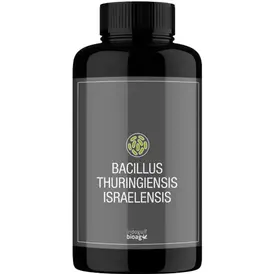
Larvicides
Larvicides are highly effective solutions for managing the larval stages of harmful pests in agriculture and public health. By targeting larvae directly, larvicides disrupt pest life cycles, reducing populations and minimizing damage to crops and the environment. These products offer a sustainable and precise alternative to broad-spectrum pesticides, especially when integrated with environmentally conscious farming practices.
What it is
Larvicides are biological or chemical substances specifically designed to kill insect larvae. In agricultural and pest management contexts, larvicides are crucial for controlling pests that cause significant damage, such as plant hoppers and soil-borne insect pests. Key larvicidal agents include beneficial bacteria like Lysinibacillus sphaericus, Bacillus thuringiensis israelensis, Bacillus popilliae, and Bacillus thuringiensis kurstaki, which provide environmentally friendly pest control solutions.
Larvicides are substances or agents specifically designed to kill the larval stage of insects, particularly mosquitoes and other pest species. Larvicides are crucial tools in integrated vector management (IVM) programs aimed at controlling insect-borne diseases such as malaria, dengue fever, and Zika virus.











